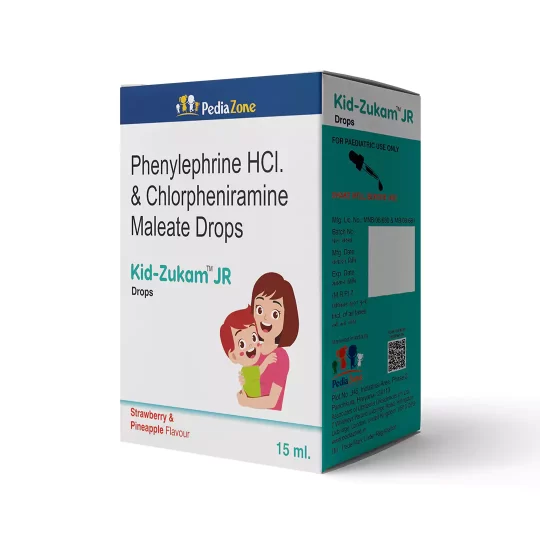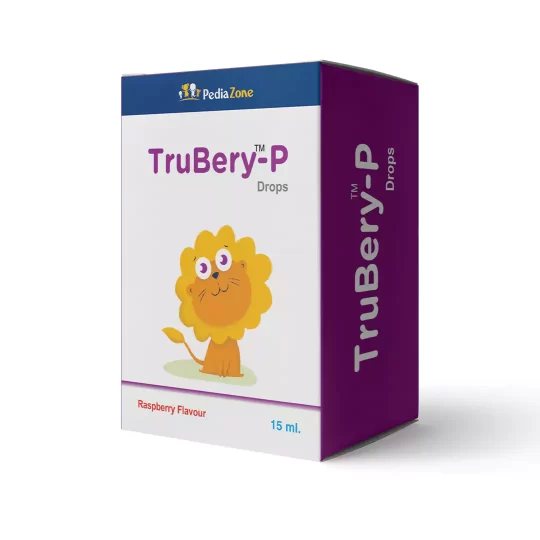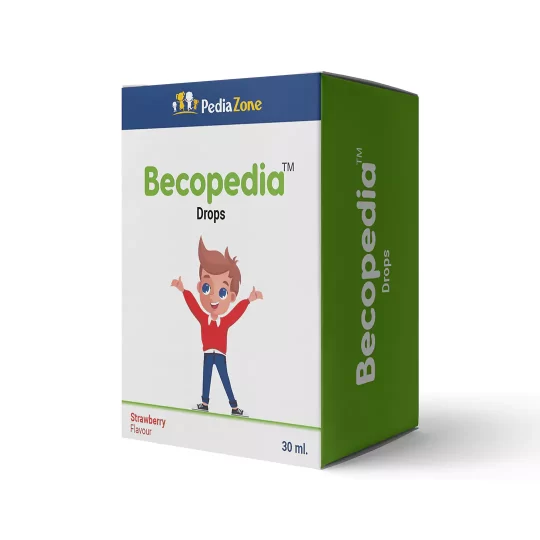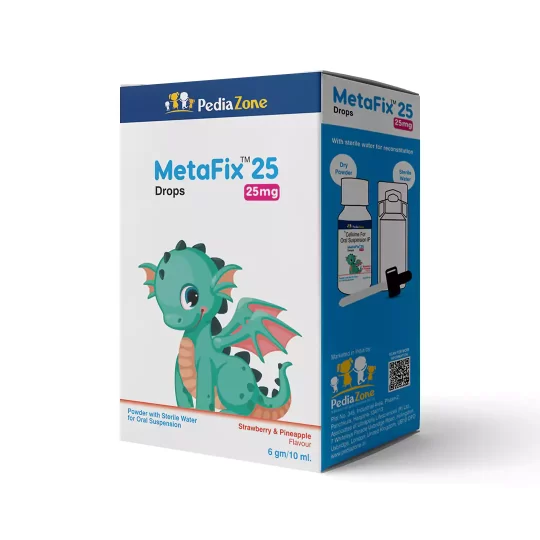Therapy/Class:
Therapy:
Paracetamol: Analgesics with Antipyretic
Phenylephrine: Decongestant
Chlorpheniramine: Antiallergic
Class:
Paracetamol: Para Aminophenol Derivatives
Phenylephrine: Selective Alpha-1 Adrenergic Agonist
Chlorpheniramine: Antihistamine H1 Receptor Antagonist
Mechanism of Action:
Paracetamol: Paracetamol primarily raises the pain threshold in the central nervous system (CNS) by inhibiting COX-1, COX-2, and COX-3 enzymes involved in prostaglandin synthesis. Its antipyretic properties result from direct effects on the hypothalamus, promoting peripheral vasodilation, sweating, and heat dissipation.
Phenylephrine: It stimulates alpha-adrenergic receptors on the nasal mucosa (direct effect) causing vasoconstriction of local vessels. The vasoconstrictive action decreases mucosal edema, leading to a decongestant effect.
Chlorpheniramine maleate: It has H1-antagonist activity belonging to the alkylamine class of antihistamines and it appear to compete with histamine for receptor sites on effector cells. It antagonizes the allergic response vasodilatation, increased vascular permeability, increased mucus secretion of nasal tissue.
Indications:
Treat symptoms of the Common Cold & Allergies like
- Sneezing
- Runny/Stuffy Nose
- Fever
- Headache
- Body Pains
- Nasal & Sinus Congestion
- Watery Eyes
Dosage & Administration:
1-6 months: 0.2ml 3/4 times a day.
7-12 months: 0.2-0.4ml 3/4 times a day.
1-2 years: 0.4-0.8ml 3/4 times a day.
HOW SUPPLIED: KID-ZUKAM DROPS is available as Drops in 15ml pack.
References:
- De Oliveira GG, Feitosa A, Loureiro K, Fernandes AR, Souto EB, Severino P. Compatibility study of paracetamol, chlorpheniramine maleate and phenylephrine hydrochloride in physical mixtures. Saudi Pharm J. 2017 Jan;25(1):99-103
- Mossad SB. Fortnightly review: treatment of the common cold. BMJ: British Medical Journal. 1998 Jul 4;317(7150):33.
- Chadha R., Bhandari S. Drug–excipient compatibility screening—role of thermoanalytical and spectroscopic techniques. J. Pharm. Biomed. Anal. 2014;87:82–97.





